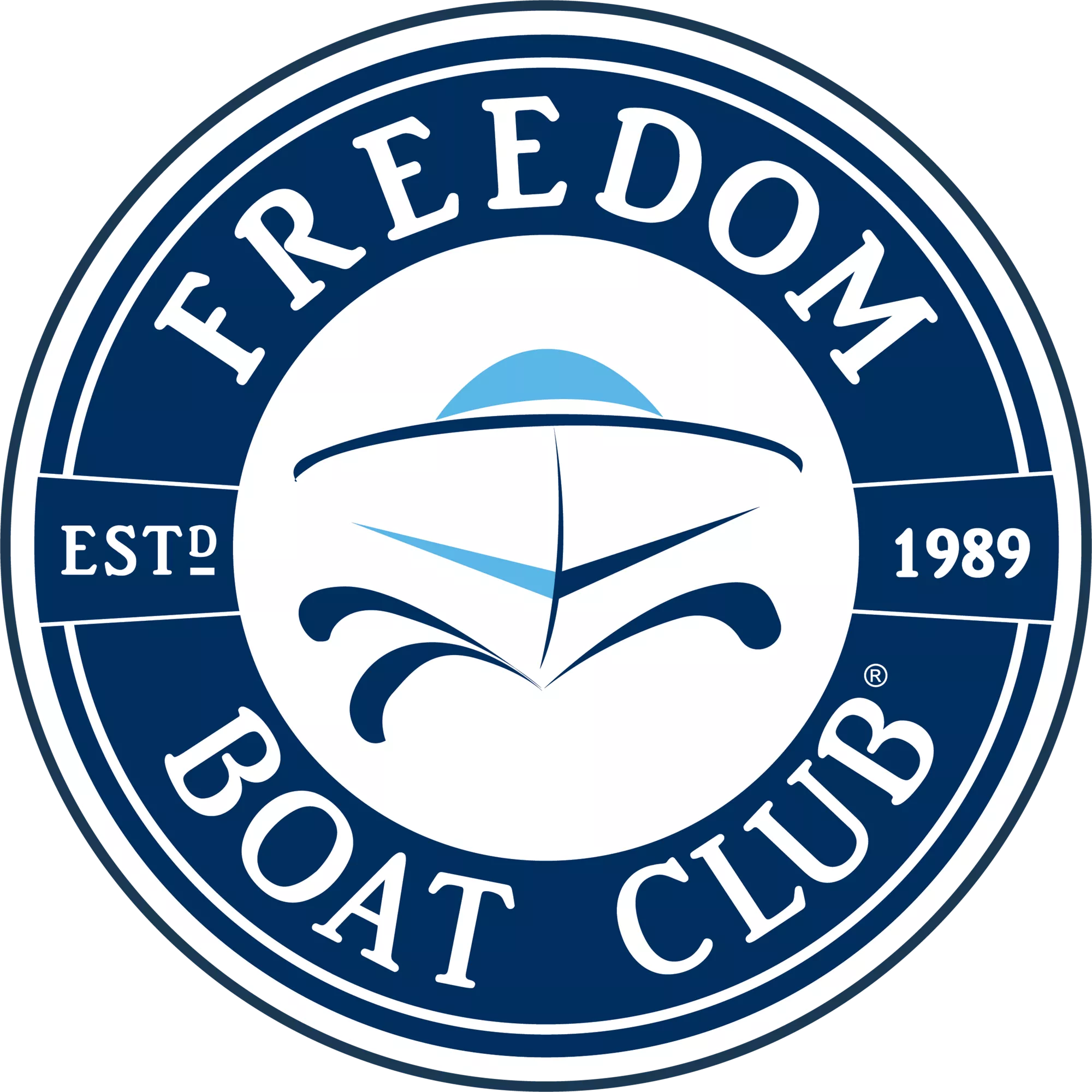
Some aspects of how to dock can vary due to boat design and environmental conditions, but two critical elements remain constant: Preparation and approach speed.
A survey of local gas dock attendants and our club managers, as well as personal observations, highlight that those who dock a boat well were prepared before the final approach was begun and maintained proper approach speed until coming to a gentle stop next to the dock. On the other hand, those that might have done better were not well prepared and often had the boat in gear right up to the dock impact. Other boaters attempt to slow the boat down at the last moment using reverse gear with added power, only to lose control. In the final analysis, improper speed was by far the biggest contributor to poor docking.
So let’s look at what is a proper dock approach, with the boaters’ speed consideration first. Keep in mind that the dock is not a timed event or sport. Points are only awarded to those who dock safely, with minimal use of power. The initial approach to the dock is typically between 10-20 degrees or so off the face of the dock. Approaching a dock at a slight angle is best since it allows for temporary change in wind conditions. An approach that is parallel to the dock requires more precision and less tolerant of changing conditions. In a situation where the wind pushes the boat away from the dock during your approach, you should increase your approach angle to head more into the wind while maintaining control speed. When you have a choice, bring the boat into the wind or current.
(Note: Current always trumps wind) to take advantage of their natural breaking effect. When you are 3 to 4 boat lengths from the dock, begin using intermittent power i.e. Power – Neutral – Glide – Assess. Repeat this sequence of Power – Neutral – Glide- Assess as you creep toward the dock. Using the “Power of no Power”, i.e., neutral, you may still need occasional prop thrust to exercise an appreciable steering control. The secret here is to avoid over-steering and to use no more prop thrust than is required. You are only trying to redirect the bow without giving the boat any additional forward momentum. Turning the wheel first then putting the boat in gear works best. Again quickly come back to neutral and resume the use of intermittent power.
When you get to within 1 boat length of the dock, use the “Power of no Power”: Turn the steering wheel hard over away from the dock to swing the stern in while being parallel to the dock. Your last action should be turning the steering wheel over hard toward the dock while putting the engine in reverse for 1 to 2 seconds. This should bring the boat to a gentle stop while continuing to draw the stern up to the dock. Since turning the steering wheel toward the dock is counter-intuitive you may have to “force yourself to remember to do it.”
Like landing an airplane, setting up a proper approach to a dock takes both knowledge and practice. Most boaters don’t get the practice they need to really improve. The best way to resolve this is to just take a day, maybe 3-4 hours, for a dedicated practice session. You will be amazed at how much your docking will improve by doing this. After you have done this once, chances are you will be more motivated to keep a dedicated time for practice.
If you would like additional instructions in docking, including use of spring lines, backing to the dock when the wind picks up, or other advanced techniques, just let your instructor knows or call the office at 941-451-8756, and we will be happy to have one of our instructors to set up a docking session with you.
As always, be safe and enjoy the water, and remember when docking a boat … “Slow is good” but the “Power of no Power is better!”
